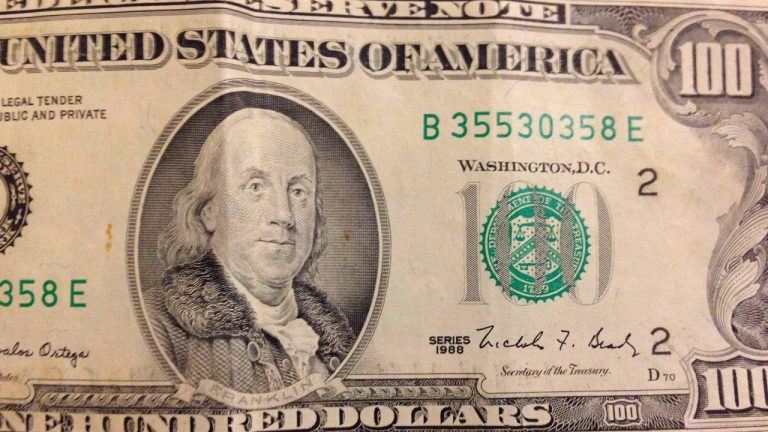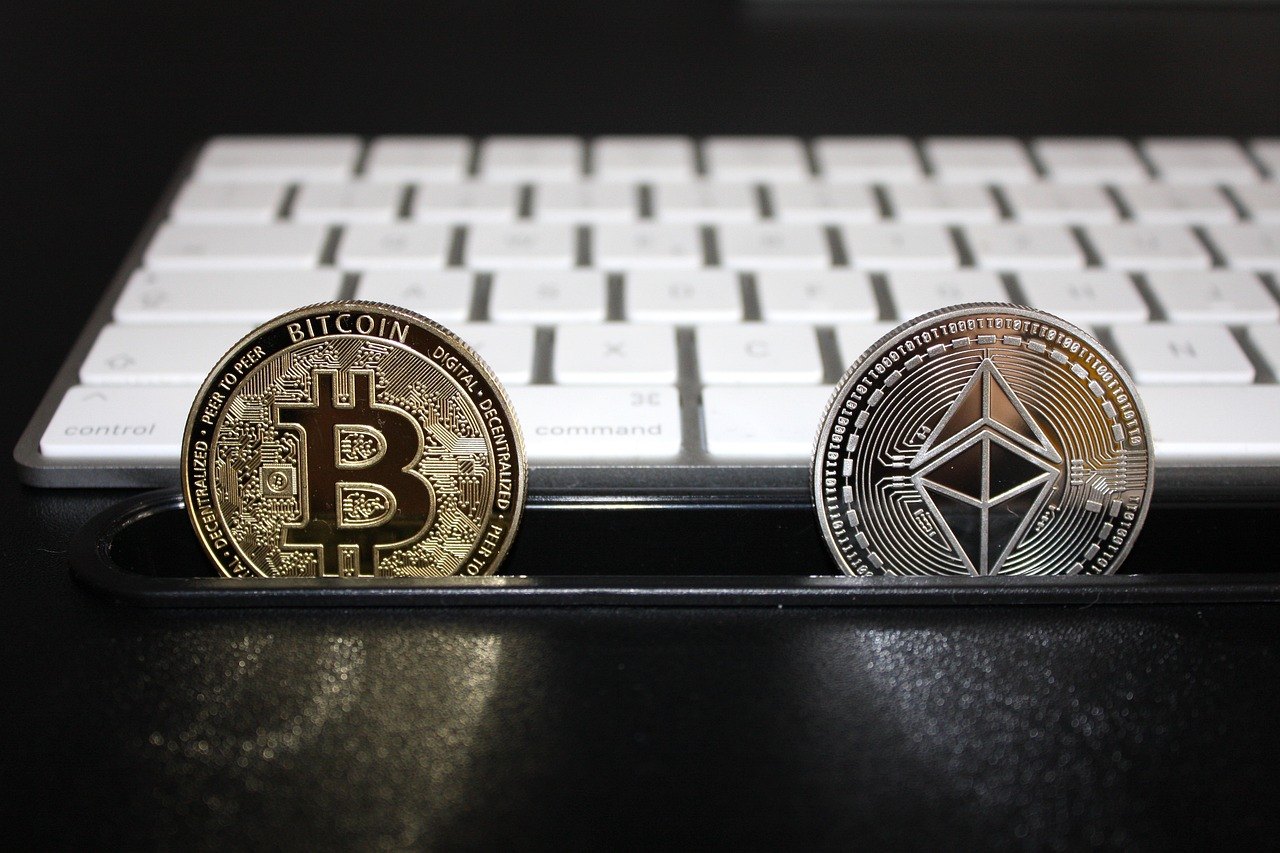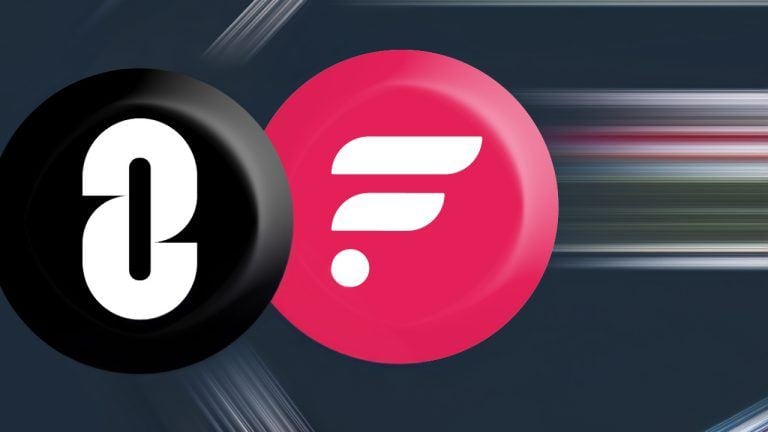TLDR
- Circle has obtained an Electronic Money Institution (EMI) license in France, making it the first global stablecoin issuer compliant with EU’s MiCA regulations.
- Circle’s USDC and EURC stablecoins are now MiCA-compliant and can be issued to European customers.
- The MiCA framework, which began implementation on June 30, 2024, aims to standardize crypto regulation across the EU.
- Circle’s CEO Jeremy Allaire sees this as a major milestone for bringing digital currency into mainstream acceptance.
- Some industry players, like Tether’s CEO, have expressed concerns about MiCA’s complexity and potential risks for stablecoin issuers.
Circle, the company behind the USD Coin (USDC) and Euro Coin (EURC) stablecoins, has become the first global stablecoin issuer to achieve compliance with the European Union’s Markets in Crypto-Assets (MiCA) regulatory framework.
On July 1, 2024, Circle announced that it had been registered in France as an Electronic Money Institution (EMI) by the Autorité de Contrôle Prudentiel et de Résolution (ACPR), the French banking regulator.
This landmark achievement allows Circle to issue its USDC and EURC stablecoins in compliance with the EU’s MiCA regulations, which came into effect on June 30, 2024. The MiCA framework represents the most comprehensive crypto regulatory effort to date, aiming to standardize digital asset regulations across the EU member states.
Jeremy Allaire, Circle’s co-founder and CEO, hailed this development as “a huge milestone in bringing digital currency into mainstream scale and acceptance.”
He emphasized the significance of working closely with French and EU regulators to offer fully compliant dollar and euro stablecoins to the European market.
As part of its compliance measures, Circle has opened up its Circle Mint to business customers in Europe. This allows them to mint and redeem USDC and EURC throughout the EU market.
The company clarified that all USDC and EURC currently in circulation in Europe are officially MiCA compliant, with Circle now holding 100% of EURC reserves under its regulated Circle France entity.
The MiCA framework, which was finalized nearly two years ago and approved by the EU Parliament last year, sets forth comprehensive guidelines for stablecoins and digital asset markets. It aims to protect investors, prevent market manipulation, and ensure the stability of the crypto ecosystem within the EU.
Dante Disparte, Circle’s head of policy, highlighted MiCA’s role in legitimizing the crypto industry while eliminating regulatory havens. “MiCA is both vindicating of the industry and its permanence, but it’s also clear that there are no more shortcuts,” he stated. “Gone are the days where you could operate in a regulatory haven or in the shadows and then expect to have liberal and free access to consumers and market participants.”
The implementation of MiCA and Circle’s compliance are seen as crucial steps in integrating stablecoins into the mainstream financial infrastructure for payments, finance, and commerce. Allaire predicted an acceleration in stablecoin adoption globally and expressed excitement about the potential growth in the adoption of Euro digital currency.
However, the new regulatory landscape has not been without its critics. Paolo Ardoino, CEO of Tether, another major stablecoin issuer, expressed concerns about MiCA’s requirements. He suggested that these could “not only render the job of a stablecoin issuer extremely complex but also make EU-licensed stablecoins extremely vulnerable and riskier to operate.”
These concerns come in the wake of announcements by major crypto platforms regarding their approach to MiCA compliance. Binance, the world’s largest crypto exchange, stated it would be limiting access to non-compliant stablecoins in the EU, though it later clarified that no “unauthorized stablecoins” would be immediately delisted from spot trading.
One of MiCA’s most contentious stablecoin regulations, known as Article 23, stipulates that stablecoin issuers cannot continue issuing non-euro-denominated stablecoins used as a “means of exchange” if they cross a threshold of 1 million transactions or more than 200 million euro (US$215 million) in trading volume per day.
Despite these challenges, Circle’s achievement marks a significant step forward for the crypto industry in Europe. The company’s compliance with MiCA positions USDC and EURC as leading stablecoins in the EU and sets a precedent for other major jurisdictions to adopt similar regulations.
The post Circle Achieves MiCA Compliance for USDC and EURC Stablecoins in EU appeared first on Blockonomi.

 2 days ago
6
2 days ago
6









 English (US) ·
English (US) ·